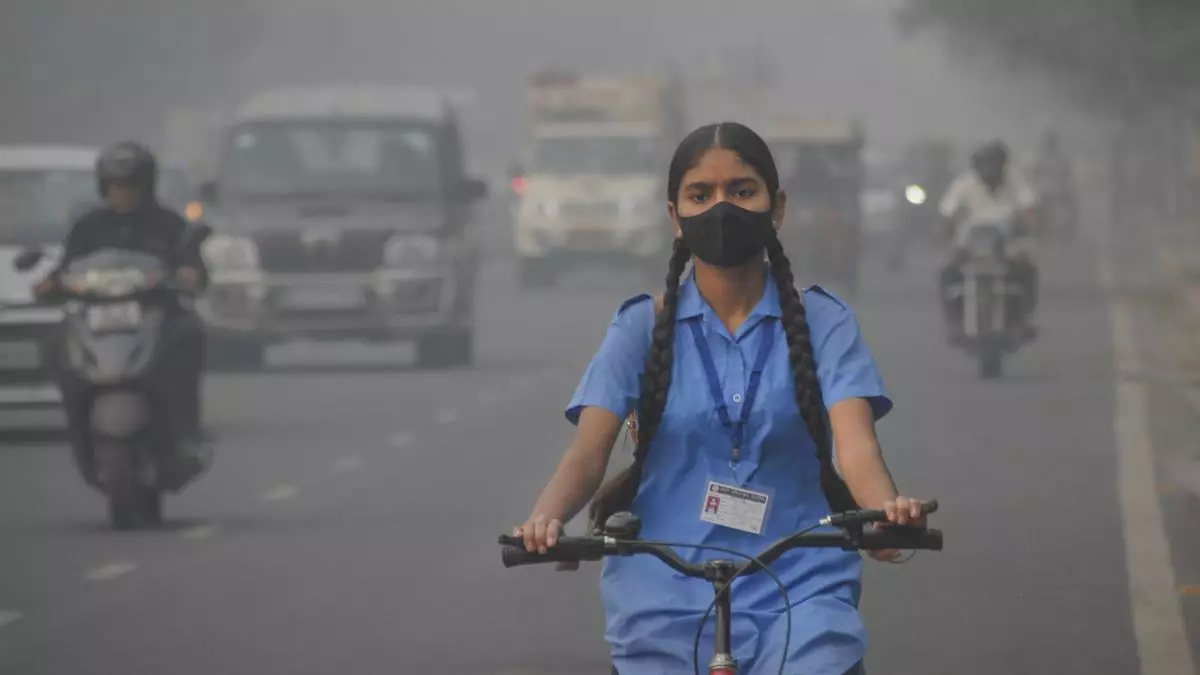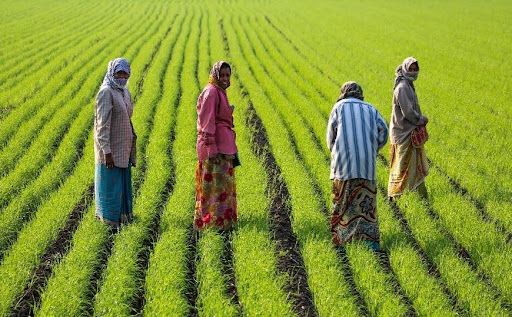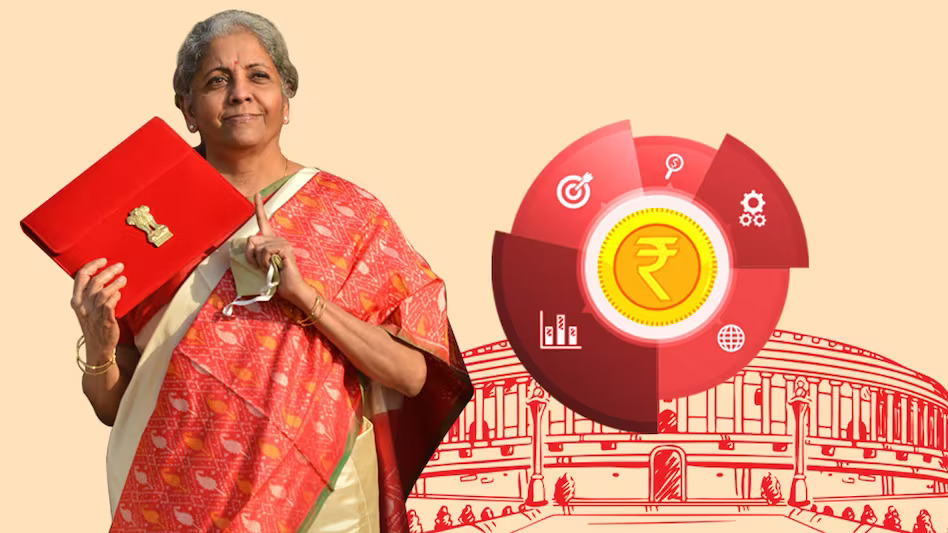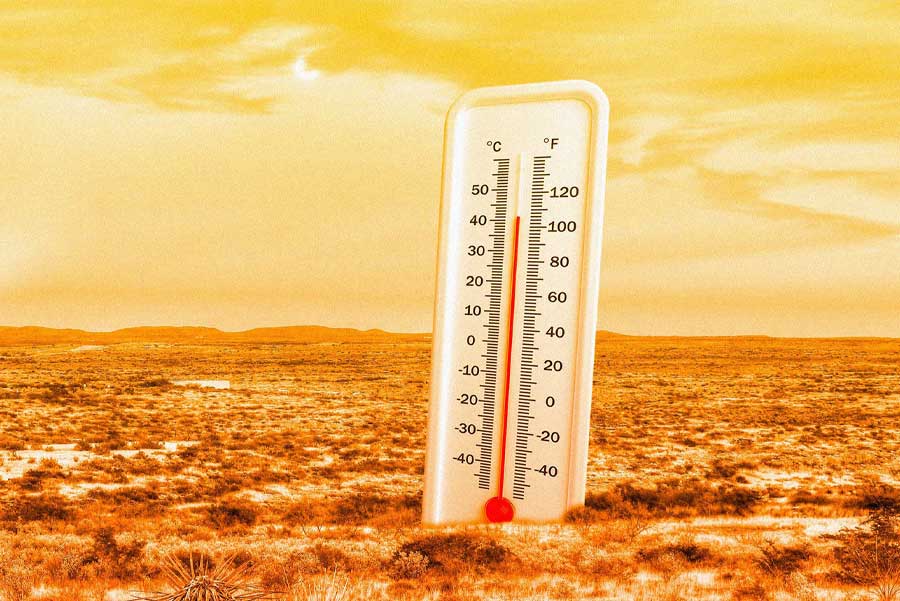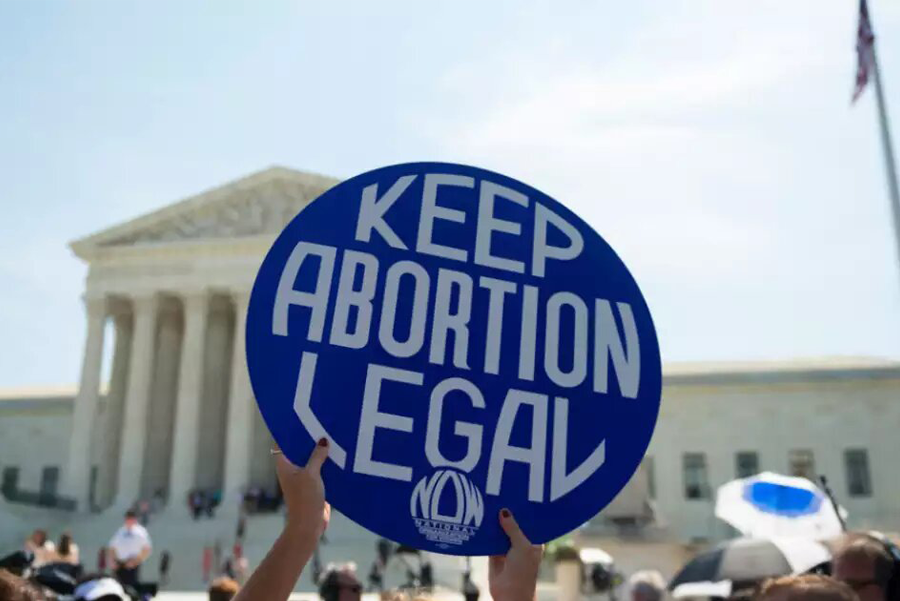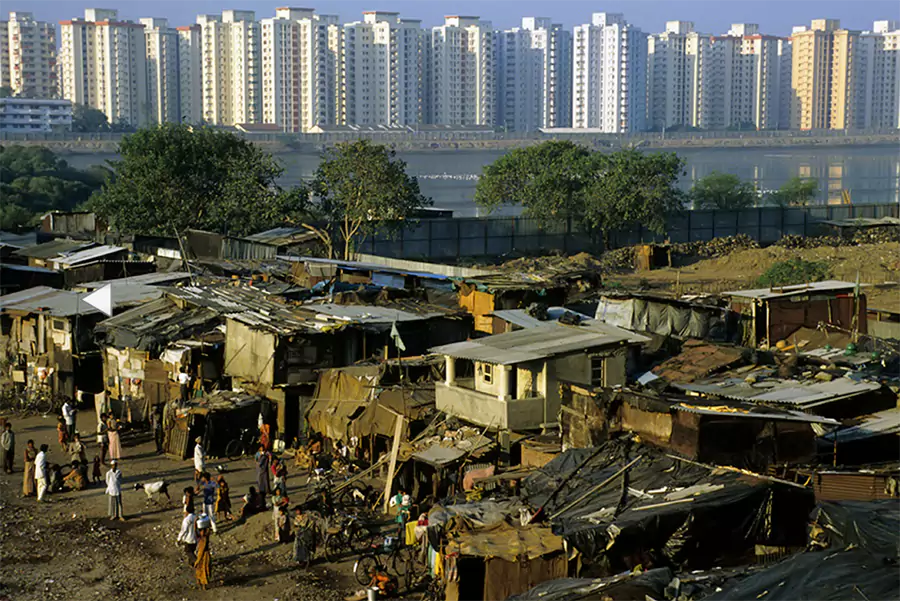As winter envelops Delhi, the city once again finds itself ensnared in an air pollution crisis. With over 30 million residents, the region has seen a surge in hospital admissions, notably among children and the elderly grappling with breathing difficulties. The Air Quality Index (AQI) in Delhi reached an alarming 500 in early November1 and 400 at the end of the month.2 A recent study underscored the ongoing decline in Delhi’s air quality, with alarming PM2.5 levels posing significant health risks to residents. The spike is a yearly occurrence during the post-monsoon season from October to January, when atmospheric conditions exacerbate pollution. With the year coming to an end, Delhi finds itself, as it does every year, shrouded in a thick layer of smog, prompting government actions to curb its hazardous impact on public health.
In reaction to the crisis, the city implemented provisional strategies, a momentary spectacle rather than a lasting solution, such as deployment of trucks for sprinkling water and the closure of schools and offices. Yet complexities of this critical situation were amplified by technical malfunctions, where 24 out of 35 air quality monitors experienced disruptions, impeding precise data collection.3 Amidst these challenges, the political landscape was marked by active finger-pointing, which unsurprisingly didn’t offer any respite to the local residents. Amidst the focus on stubble burning and seasonal changes impacting Delhi’s air quality, a key question arises: are these the only contributors, or are there overlooked factors at play? While stubble burning gets its annual dose of attention in these months, pollution levels in North Indian cities consistently surpass WHO guidelines throughout the year. Scientific studies, like those from IIT Kanpur4 and IIT Delhi,5 reveal a complex mix of pollutants from sources such as brick kilns, power plants, construction, vehicles, open drains, and industrial units in North India. The facts urge for a broader perspective, questioning the tendency to rally efforts only during winter months and attribute the increasing pollution to only one or two reasons or sources.
Are we fixating too much on the symptoms while missing the root causes?
Focusing solely on stubble burning and vehicular pollution won’t resolve Delhi’s pollution issues. The pollution in the national capital stems from high emissions and distinctive weather conditions of the Indo-Gangetic Plain (IGP). Following North India’s monsoon rains, excess moisture accumulates above the IGP, trapping pollutants low in the air and causing visible smog. During winter, slow winds hinder pollutant dispersion, leading to the hazy conditions frequently observed during that season.6,7,8
Is there a magical wand to tackle pollution in Delhi?
Imagine if we could stop all vehicles and industries in Delhi, like during a lockdown – would that solve air pollution? Surprisingly, the answer is no. Pollution does not just go up; it also spreads horizontally, with a significant share coming from nearby areas like Ghaziabad, Faridabad, and Gurgaon.9 The solution lies in an “air shed” approach, focusing on systematically reducing pollution across a given geographical region which in this case is the entire IGP. The National Clean Air Program recommends monitoring and cutting emissions in 100 cities, emphasizing the need for air shed management.10 This approach involves year-round emission reduction, while intensifying efforts from October to December to tackle peak pollution. The key is to have a consistent and comprehensive strategy while moving away from sporadic efforts. But where do we begin?
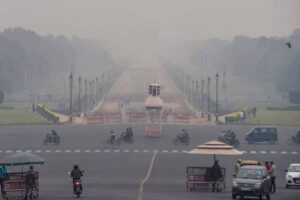
Tackling vehicle combustion: Moving beyond bans on diesel vehicles
Efforts to restrict BS4 diesel vehicles in Delhi is largely ineffective as these vehicles still operate outside the city, diminishing the impact of these controls.11 As pollution spreads horizontally, limiting diesel vehicles in one area does not adequately address the broader issue. Previous measures, such as the odd-even formula,12 have not produced significant results. The core problem lies in the understanding of pollution, where emissions from vehicles constitute only a fraction of overall pollution levels. Restricting vehicles based on age, make, and fuel type is often redundant. Our dislike for polluting vehicles is strangely based on the age of the vehicle – a completely wrong diagnosis. It is the level of emission and not the age of the vehicle which should determine, whether it stays on the road or not. Alternatively, the focus should be on monitoring the health of these vehicles, regardless of their age and fuel type, recognizing that a well-maintained 20-year-old vehicle may emit less than a poorly maintained 5-year-old counterpart.
Two-wheelers are the largest contributors to vehicular pollution, exacerbated by unreliable testing and uncertain compliance with pollution laws.13 To improve the situation, a more effective pollution testing system is necessary, as many of these pollution testing centres are ill-equipped and offer inaccurate data. A centralized pollution monitoring system, connecting testing centres to a central grid for better monitoring, or a mandated continuous monitoring device in each vehicle, could offer direct and accurate emission data. This approach prioritizes a vehicle’s actual fitness for the road over secondary indicators like make and age. While transitioning to electric vehicles can reduce pollution in the short term, challenges such as battery disposal and increased power demand exist. Finding a balanced approach between electric and internal combustion vehicles is crucial for a sustainable solution to vehicular pollution.
Sharing is caring: The importance of better public and shared transport14
Despite traffic challenges, many individuals prefer personal vehicles for the seamless end-to-end commute they offer. Public transport lacks a similarly convenient modality, often leading commuters to resort to private vehicles for short distances. To reduce reliance on personal vehicles and promote public transport, an effective system should prioritize safety, comfort, and end-to-end connectivity.
To encourage two-wheeler and four-wheeler users to shift to public transport, it is essential to provide a comfortable ride comparable to their personal vehicles. The Delhi Government’s recently notified an innovative measure, the Delhi Motor Vehicles Licensing of Aggregator (Premium Buses) Scheme, 2023, to attract personal vehicle users towards public transport. By offering premium and comfortable services in buses, this scheme aims to nudge vehicle users towards a greener and smarter future, reducing congestion and pollution while ensuring a world-class travel experience.15
Shared transport, facilitated by Resident Welfare Associations (RWAs), is a possible solution to reduce vehicles on the road, address travel costs, and improve access to public transport. RWAs can organize carpooling initiatives within colonies or buildings, and integrating car aggregators like Uber and Ola can enhance the efficiency of shared transport. These collaborative efforts not only enhance the overall transport experience but also contribute to reducing pollution levels on our roads.
Greener industries and power plants are imperative16
In the push for eco-friendly fuels, many industries in Delhi-NCR and IGP regions have embraced Piped Natural Gas (PNG). However, a notable challenge lies in the existence of illegal industries using coal and oil, worsening environmental pollution. Moreover, numerous power plants, some state-owned, contribute heavily to pollution in Delhi. Despite their inefficiency and major role in worsening air quality, the reluctance to shut them down stems from potential job losses. To address this, a strategy should involve thorough due diligence to legitimize and transition these operations to cleaner energy. A pragmatic approach entails measures on both supply and demand side of fuel sources for the industries as well as power plants. Curbs on oil and coal suppliers to the former while giving incentivised access to PNG through infrastructure and technical support across factories, power plants etc can streamline efforts to adhere to cleaner fuel, fit for both environment and economy.
The ambiguous antagonist: Decoding stubble burning
Stubble (parali) burning, while not solely responsible for Delhi’s pollution woes, significantly compounds the issue during the time it really happens. Despite measures like providing equipment, cash incentives, and chemicals for stubble management, farmers are not very keen to adopt alternatives. This arises from a limited timeframe of only 20 days between rice harvest and wheat sowing, resulting in a shortage of time.
The favoured rice-wheat cycle prevalent in Punjab, Haryana, and western UP comes with the assurance of Minimum Support Price (MSP) and free or subsidized electricity. However, this singular focus on cultivating rice leads to unintended repercussions, such as the overuse of groundwater and the persistent problem of stubble burning post-harvest.
Addressing the stubble problem necessitates a shift in cropping patterns. Long-term solutions involve reverting to diverse crops like millets, requiring both political will and economic incentives. Despite farmers’ interest, the absence of MSP for alternative crops hinders diversification. A shift in attitudes is imperative, achievable through the government’s assurance and the trust cultivated with farmers. Policies introduced to support rice cultivation during the Green Revolution are now yielding negative externalities. A policy realignment holds the potential to alleviate the suffocation experienced by residents of Delhi, Punjab, Haryana, and the entire Northern region.
Transformative impact can be made simply through segregation and recycling
Delhi’s landfills, notably Bhalswa and Ghazipur, are significant pollution sources. The decomposition of food waste intertwined with municipal solid waste at these sites results in substantial emissions. Methane constitutes roughly 50% of landfill gases, with carbon dioxide making up around 45%, and the rest comprising nitrogen, oxygen, hydrogen, and other gases. Addressing this issue necessitates improved waste management practices at the household level to curtail the adverse impact reverberating at landfill sites. By promoting segregation and recycling at the source, we can substantially mitigate the environmental toll inflicted by these landfill contributions.
It’s time to take charge or lose.
Despite the well-known solutions to the persistent issue of air pollution, the lack of implementation stems from a collective failure to cooperate and take charge. The onus for progress lies on the government, necessitating decisive action on key air pollution issues such as industrial regulations, vehicle emissions monitoring, and cropping patterns. There has been a vacuum for effective strategy, with governments enacting identical and repetitive measures to tackle pollution leaving the room for innovative solutions that actually work. Peripheral measures like tackling stubble burning and implementing redundant schemes, such as odd-even policies, should take a backseat to more impactful initiatives.
Moreover, the power to affect change rests with the people. By making air quality improvement a non-negotiable criterion for political leaders, citizens wield the ultimate influence. In the Delhi-NCR region, upcoming elections should hinge on candidates’ commitment to tackling air pollution. It is essential to recognize that no external saviour will miraculously appear; the people must advocate for themselves with the knowledge that, with the right support, they possess the power to shape a cleaner, healthier environment. It is the people and not governments which will ultimately catalyse the cleaning – whether through electoral policies or otherwise.
- Delhi’s air quality plummets as AQI crosses 500-mark; high-level meeting today. top updates. Hindustan Times. (2023, November 6).
https://www.hindustantimes.com/india-news/cricketers-battle-delhis-severe-plus-air-ahead-of-wc-match-high-level-meet-today-top-updates-101699230145103.html - SDelhi’s air quality dips to 400 severe category again, thick haze blankets capital. (2023, December 1). India Today.
https://www.indiatoday.in/cities/delhi/story/delhi-air-quality-severe-category-air-quality-index-pollution-latest-news-2469728-2023-12-01 - L. (2023, November 14). Delhi air quality Updates: AQI reaches in ‘severe’ category; pollution monitoring centres shut in Noida, Faridabad | Mint. Mint.
https://www.livemint.com/news/india/delhi-air-quality-live-updates-delhi-pollution-news-aqi-in-noida-gururgram-mumbai-air-pollution-news-11699923698148.html - IIT Kanpur. (n.d.). UPPCB Final Report. Kanpur.
- IIT Delhi. (2022). CERCA Report.
- Ara, I. (2022, November 24). Season of smog: Not just Delhi, many north Indian cities are suffering. Frontline.
https://frontline.thehindu.com/environment/season-of-smog-grips-delhi-along-with-many-north-indian-cities/article66118875.ece - CBCB . (2016). Air Pollution in Delhi. Delhi.
- Guttikunda, S., Dammalapati, S. K., Pradhan, G. P., Krishna, B., Jethwa, H. T., & Jawahar, P. (2023, February 26). What Is Polluting Delhi’s Air? A Review from 1990 to 2022. Sustainability.
https://doi.org/10.3390/su15054209 - Agarwal, P., & India, T. O. (2023, November 1). Air pollution: Emissions from Noida and Ghaziabad are biggest contributors to Delhi’s PM2.5. The Times of India.
https://timesofindia.indiatimes.com/city/delhi/emissions-from-noida-and-ghaziabad-are-biggest-contributors-to-delhis-pm2-5/articleshow/104867527.cms - MoEFCC. (2019). National Clean Air Program. Delhi.
- P., & P. (2023, November 14). Diesel vehicles entering Delhi despite ban, says transport minister. Deccan Herald.
https://www.deccanherald.com/india/delhi/diesel-vehicles-entering-delhi-despite-ban-says-transport-minister-2769893 - Banerjee, A. (2023, November 15). Delhi’s ‘odd-even’ scheme, a gimmick or does it have any merit for reducing pollution? The Times of India.
https://timesofindia.indiatimes.com/auto/news/delhis-odd-even-scheme-a-gimmick-or-does-it-have-any-merit-for-reducing-pollution/articleshow/105229760.cms?from=mdr - Chand, S. (2023, October 22). PUCC violations: 1.5 lakh challans till Oct 15, mostly to two-wheelers. The Times of India.
https://timesofindia.indiatimes.com/city/delhi/pucc-violations-1-5-lakh-challans-till-oct-15-mostly-to-two-wheelers/articleshow/104620522.cms - Agarwal, O. (n.d.). To Clean Delhi’s Air, Reform Its Transport System. World Resources Institute.
https://www.wri.org/insights/clean-delhis-air-reform-its-transport-system - Delhi govt notifies premium bus aggregator scheme: All about it. (2023, November 22). Business Today.
https://www.businesstoday.in/latest/in-focus/story/delhi-govt-notifies-premium-bus-aggregator-scheme-all-about-it-406743-2023-11-22 - CSE analysis: Industries in Delhi-NCR shifting to cleaner fuels, but major roadblocks to be addressed. (n.d.).
https://www.downtoearth.org.in/blog/pollution/cse-analysis-industries-in-delhi-ncr-shifting-to-cleaner-fuels-but-major-roadblocks-to-be-addressed-87726 - Singh, P. (2021, December 16). Better waste management can reduce air pollution load during Delhi’s winter. Hindustan Times.
https://www.hindustantimes.com/india-news/better-waste-management-can-reduce-air-pollution-during-delhi-s-winter-season-101639662706973.html

